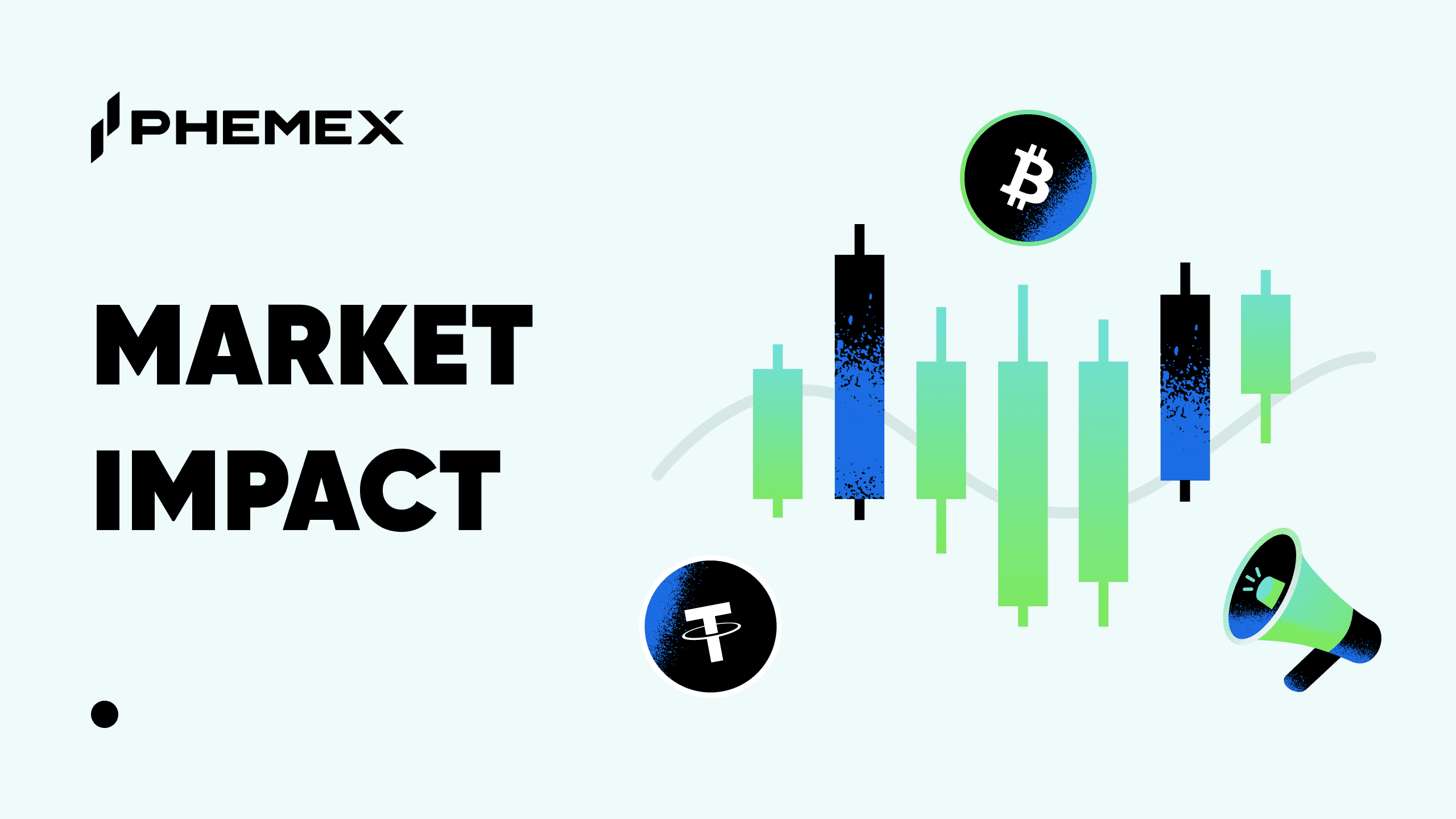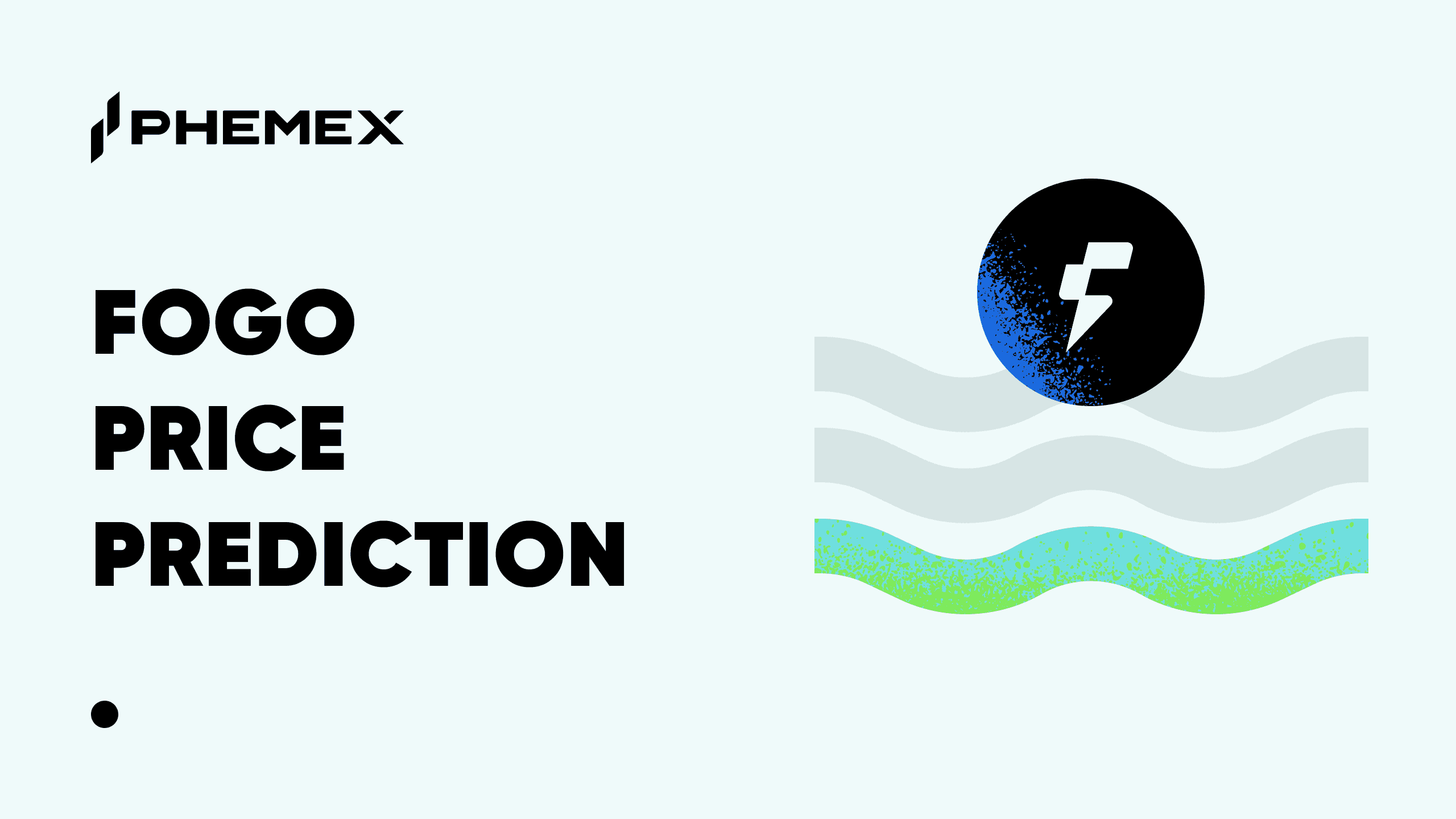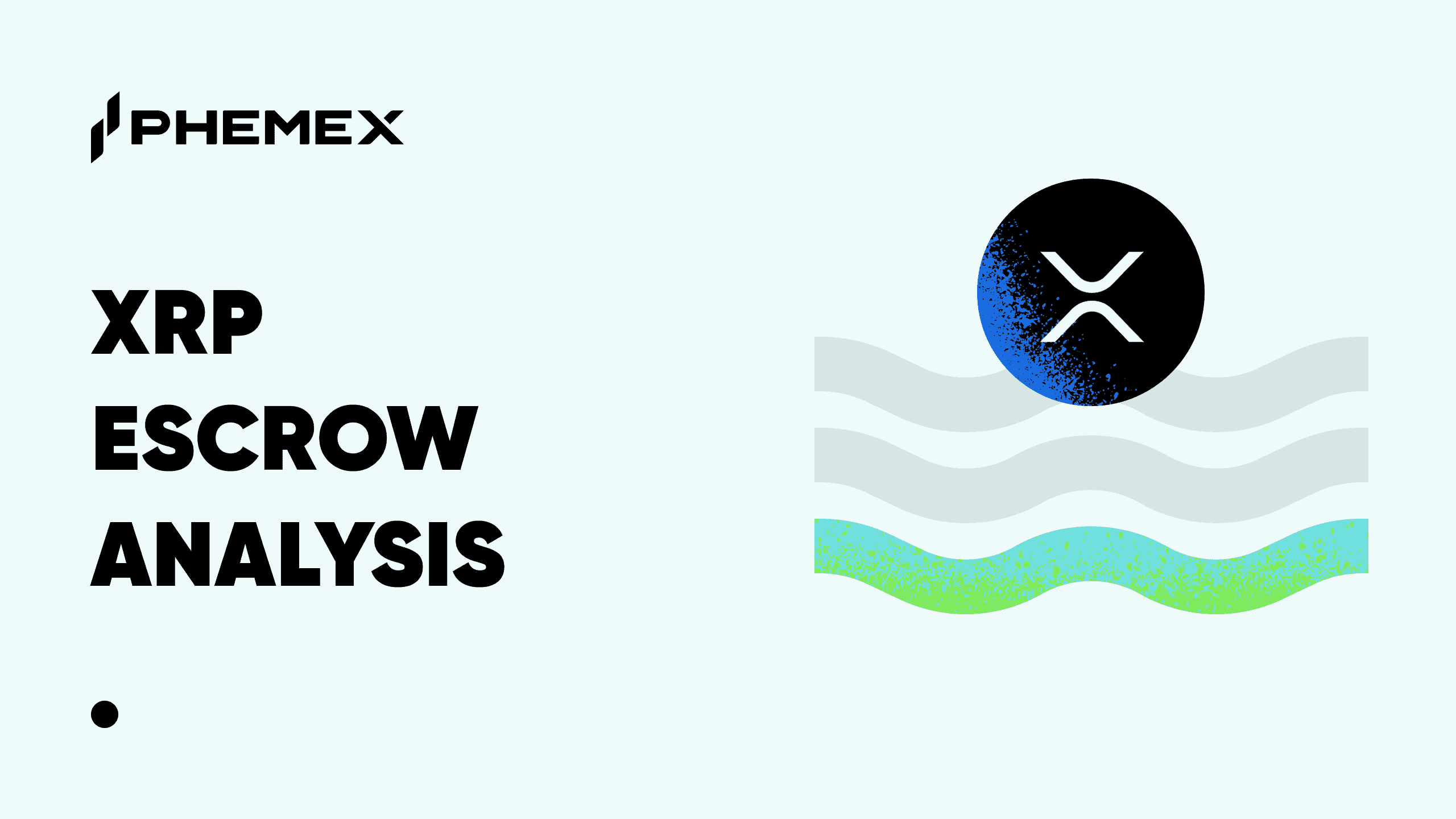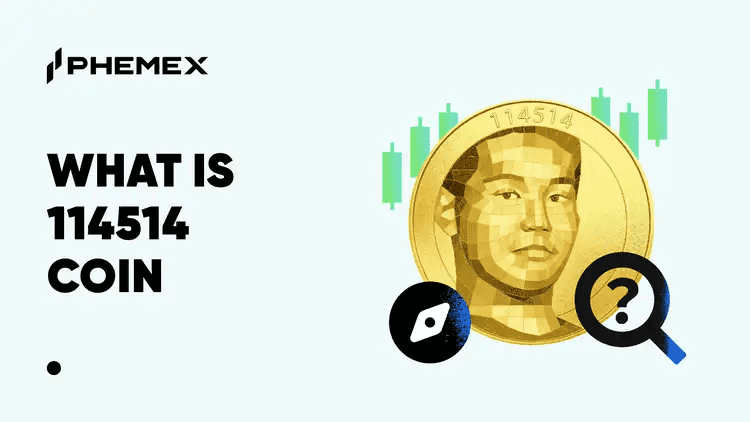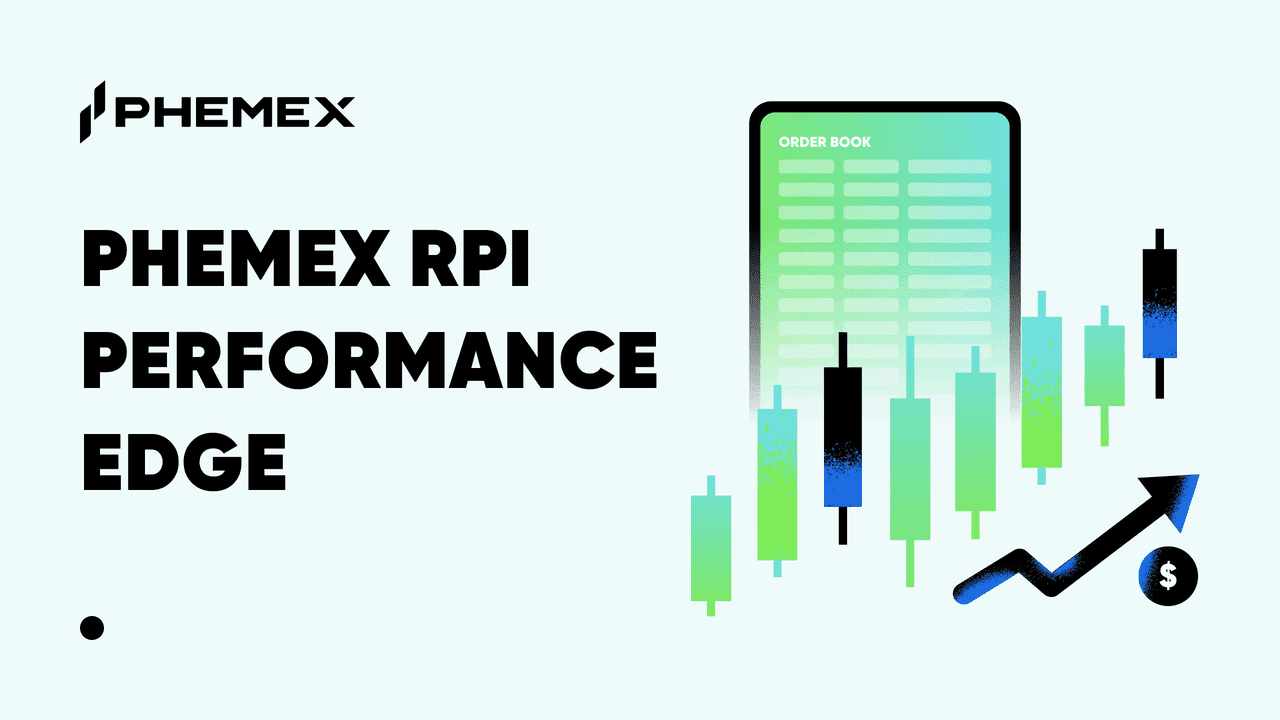Summary:
- NFTs are non-fungible tokens that exist on the blockchain. Due to the size of the data being transmitted via smart contracts, NFTs consume a high amount of energy on Ethereum.
- OpenSea, the largest NFT marketplace, consumes the vast majority of gas fees on Ethereum. In fact, it often surpasses the biggest DApp on Ethereum, Uniswap, for the largest amount of gas used on the Ethereum network – meaning most network resources are allocated towards NFTs.
- Ethereum’s reaPoS that would alleviate the negative environmental impact of NFTs. Solana (SOL) and other blockchains are seeing an increase in users due to their lower gas fees and greener approach.
Non-fungible tokens (NFTs) have been the headline hoggers for much of the past two years, with blue-chip collections like Bored Apes and Crypto Punks digital art selling for millions of dollars.
The dark side of NFTs, however, is that NFTs consume a lot of electricity in its creation and trading, leaving a significant carbon footprint.

Why Are NFTs Bad For The Environment?
NFTs themselves are not bad for the environment – it is the blockchain platforms used to mint and trade the NFT that determines the amount of carbon emissions and energy footprint the sector is responsible for.
Prior to Ethereum’s move to proof-of-stake, the way NFTs were created or “minted” was highly energy-intensive. Ethereum was running on a proof-of-work consensus mechanism that required large mining machines to solve complex mathematical problems for the creation of new blocks of transaction, in the process consuming megatons of electricity and emitting greenhouse gases.
In other words, every time someone made, bought or sold an NFT on Ethereum, they generated carbon emissions. This footprint became especially noticeable during the 2021 summer NFT boom.
Whereas in the past DeFi apps such as Uniswap were the dominant consumer of blockchain resources, these were quickly equaled by NFT marketplaces such as OpenSea.
How Much Energy Did NFTs on pre-Merge Ethereum Use?
The NFT carbon footprint is significantly higher compared to regular blockchain transactions. To illustrate the environmental impact of NFTs, we’ll break down energy consumption for different types of NFT transactions:
- NFT mint: 260 kilowatts of electricity.
- NFT transaction: 85 kilowatts of electricity.
- NFT average total consumption: 350 kilowatts of electricity.
- NFT collection deployment cost: $200-1,000.
- NFT transfer cost: $10-20.
These statistics refer to NFT transactions on Ethereum prior to its move to proof-of-stake. So if an NFT belonged to a popular collection and changed owners frequently, it likely consumed hundreds of kilowatts of electricity just changing hands.
For reference, the following is a graph of the yearly electricity consumption for households around the world:

Household electricity consumption for each continent (Source: ResearchGate)
The average European household of four consumes less than 300 kilowatts of electricity per month, which is close to the amount a single NFT was projected to consume on the blockchain.
Considering there were over 400,000 NFTs deployed on Ethereum, the energy consumption of the NFT industry could amount to that of an entire country – if we exclude the inactive collections.
Bitcoin consumes more energy compared to Ethereum, but the Bitcoin network does not support NFTs and is not responsible for the environmental impact of NFTs.
Measuring NFT Carbon Footprint
If the more resources a blockchain transaction consumes, the more gas fees need to be paid, then gas fees can be used as a proxy for carbon footprint.
Using public resources such as Etherscan, we can determine which DAPPs consume the highest amount of gas fees therefore the most electricity on the Ethereum network.

Etherscan’s top gas guzzlers.
According to the snapshot above, one can see that OpenSea ranked as the 2nd largest gas guzzler on the Ethereum network, while other non-art NFT apps such as Ethereum Name Service (ENS) and Gem.xyz also ranked in the top 15.
This data only accounts for the largest aggregators and marketplaces on Ethereum. If we analyze individual NFT mints that are conducted through private mints, we can easily conclude that NFTs are the biggest gas guzzlers on the Ethereum network.
The total fees earned by the OpenSea network amounted to over $30 million, and over the last two years, more than half of the energy consumption on Ethereum was allocated to the NFT industry.
How Can Ethereum Solve NFT Pollution?
As one of the biggest networks for the NFT market, Ethereum’s transition to proof-of-stake is expected to bring about lower carbon emissions in the NFT space.
This will help Ethereum regain some ground it has lost to newer-generation blockchains such as Solana, Polygon, Immutable X, Cardano and Avalanche, all of which operate on proof-of-stake.
With this transition, all that is required is for validators to stake a minimum of 32 ETH to process transactions on the blockchain, instead of using large mining machines such as ASIC and GPU miners to perform energy-guzzling proof-of-work puzzles.
If Ethereum succeeds in the switch to POS, this would significantly reduce the computing power needed for the minting and trading of NFTs and hence alleviate environmental concerns.
What Are Green NFT Blockchains?
Green NFT blockchains are simply blockchains running on the less-energy intensive Proof-of-Stake consensus mechanism enabling the minting of “greener” NFTs, such as Solana. In fact, Solana is Ethereum’s biggest competitor for the NFT market.
The largest Solana NFT marketplace is Magic Eden, with gas fees that amount to cents on the dollar; it is able to offer such low fees because it is extremely energy-efficient. According to its 2021 energy usage report, one Solana transaction uses just 0.00051 kWh or 1,837 Joules (this is less than two Google searches; one search on Google uses 1,080 Joules).
It is no wonder that in July 2022, Solana NFT volume surpassed Ethereum NFT volume for the first time ever.
The higher gas costs on Ethereum are not only reflected in the environmental footprint, but in the trading experience. Trading on Ethereum’s OpenSea is expensive, with sellers paying $10 to approve a listing and buyers spending $5-10 on average in gas fees to buy an NFT.
According to Ethereum, these gas fees are not expected to be reduced significantly even after it has transitioned to proof-of-stake.
Blockchains like Solana offer practically fee-less trading. Launching an NFT collection on Solana costs only 0.013 SOL ($0.5) and minting an NFT costs 0.017 SOL ($0.6). For comparison, launching an NFT collection on Ethereum can be as low as $200 in the bear market up to $1,000+ in the bull market when usage and gas fees skyrocket.

Solana’s largest NFT marketplace MagicEden.
Emerging rivals such as Immutable X and BNB also stand a chance at competing with Ethereum because they have thriving NFT communities of digital artists.
Conclusion: Are NFTS Bad?
NFTs are definitely not bad per se. With proof-of-stake NFT blockchains, the NFT industry looks set to achieve more environmental sustainability in the long run. Furthermore, many industry observers and analysts are of the opinion that as one of the early applications of blockchain technology, NFTs will pave the way for further innovation in digital identity management and intellectual property rights.
For any inquiries contact us at support@phemex.com
Follow our official Twitter | Join our community on Telegram
Trade crypto on the go: Download for iOS | Download for Android
Phemex | Break Through, Break Free
Read More
- What Are Non-Fungible Tokens (NFTs): Introduction to NFTs
- What is OpenSea: The Peer-To-Peer NFT Marketplace
- What is Cryptocurrency & How It Differs From Digital Cash
- July Crypto Market Analysis
- What is Blockchain Technology: The Biggest Misconception About It
- Blockchain Analytics: 11 Free Crypto Research Tools You Need
- What Are Decentralized Applications (dapps)?
- What are Metaverse NFTs: The Launchpad for the Digital World’s Economy?







